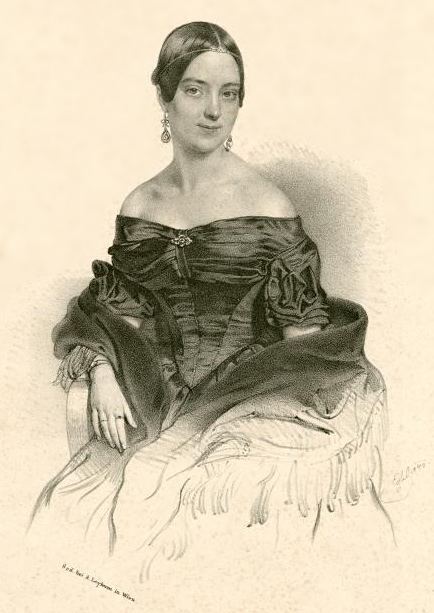 | ||
Robert Schumann's Fantasiestücke, Op. 12, is a set of eight pieces for piano, written in 1837. The title was inspired by the 1814 collection of novellas Fantasiestücke in Callots Manier by one of his favourite authors, E. T. A. Hoffmann. Schumann dedicated the pieces to Fräulein Anna Robena Laidlaw, an accomplished and attractive 18-year-old Scottish pianist with whom Schumann had become good friends.
Schumann composed the pieces with the characters Florestan and Eusebius in mind, representing the duality of his personality. Eusebius depicts the dreamer in Schumann while Florestan represents his passionate side. These two characters parlay with one another throughout the collection, ending self-reflectively with Eusebius in "Ende vom Lied".
Details
1. "Des Abends" ("In the Evening") in D-flat major / Sehr innig zu spielen (Play very intimately)
2. "Aufschwung" ("Soaring", literally "Upswing") in F minor / Sehr rasch (Very rapidly)
3. "Warum?" ("Why?") in D-flat major / Langsam und zart (Slowly and tenderly)
4. "Grillen" ("Whims") in D-flat major / Mit Humor (With humor)
5. "In der Nacht" ("In the Night") in F minor / Mit Leidenschaft (With passion)
6. "Fabel" ("Fable") in C major / Langsam (Slowly)
7. "Traumes Wirren" ("Dream's Confusions") in F major / Äußerst lebhaft (Extremely lively)
8. "Ende vom Lied" ("End of the Song") in F major / Mit gutem Humor (With good humor)
